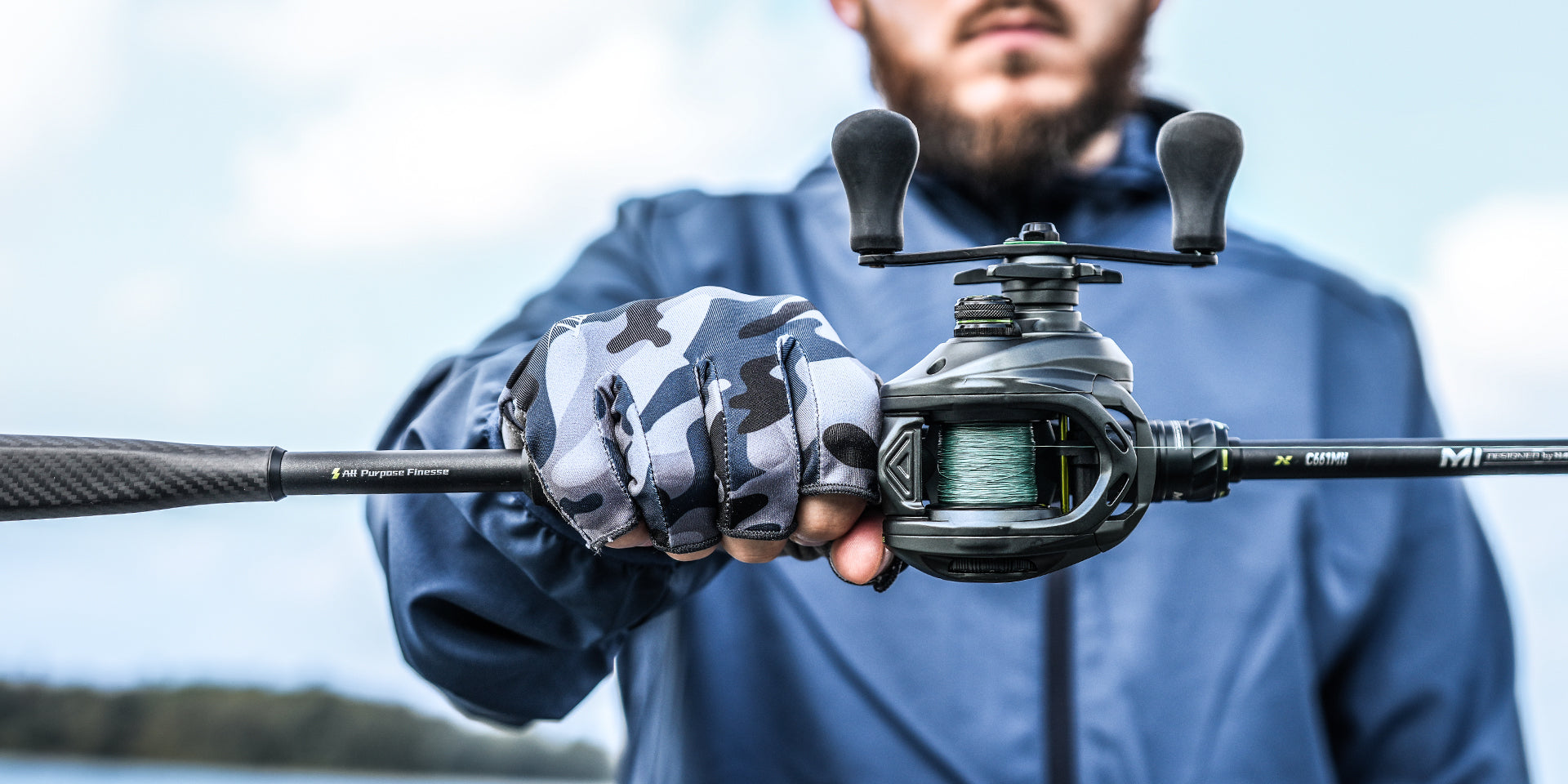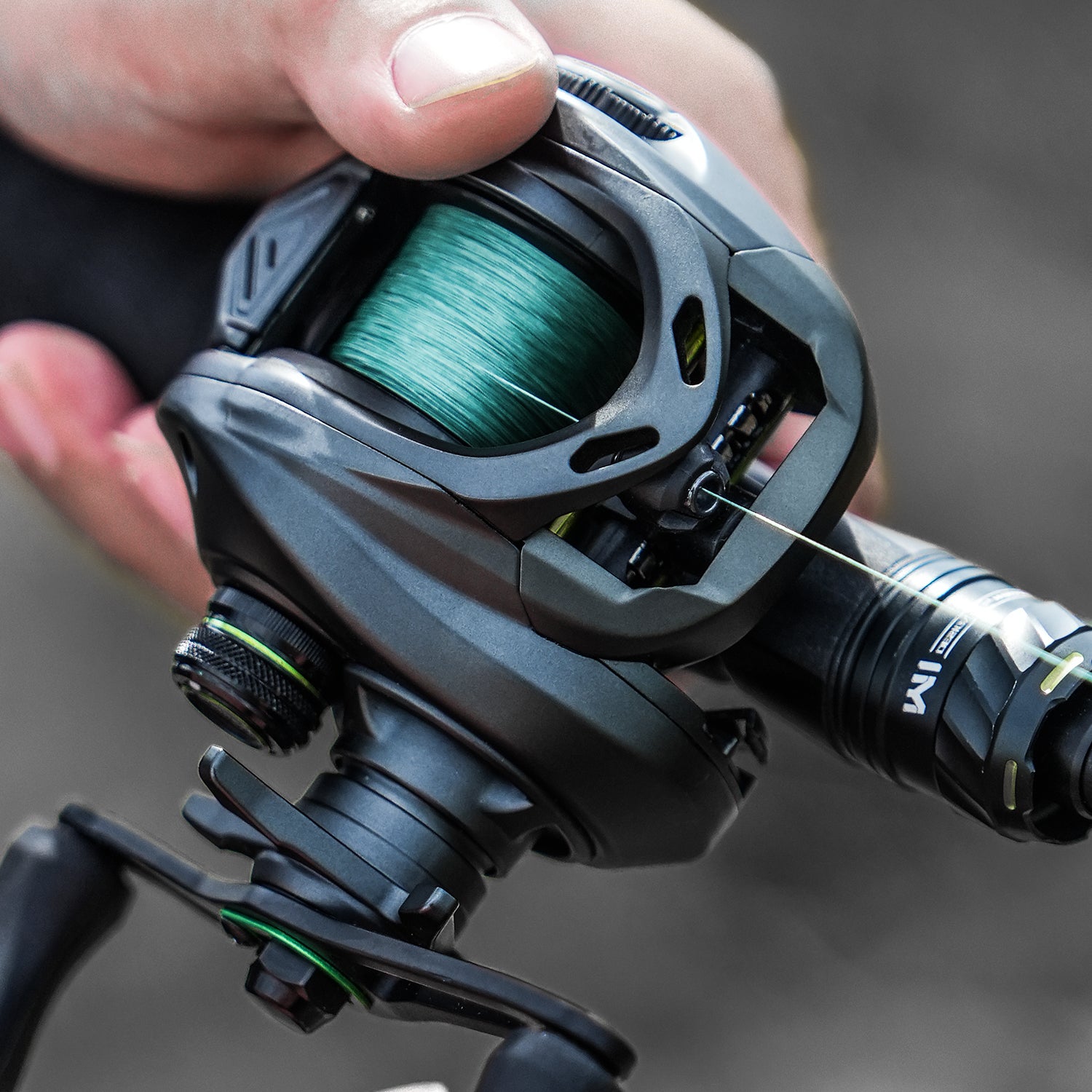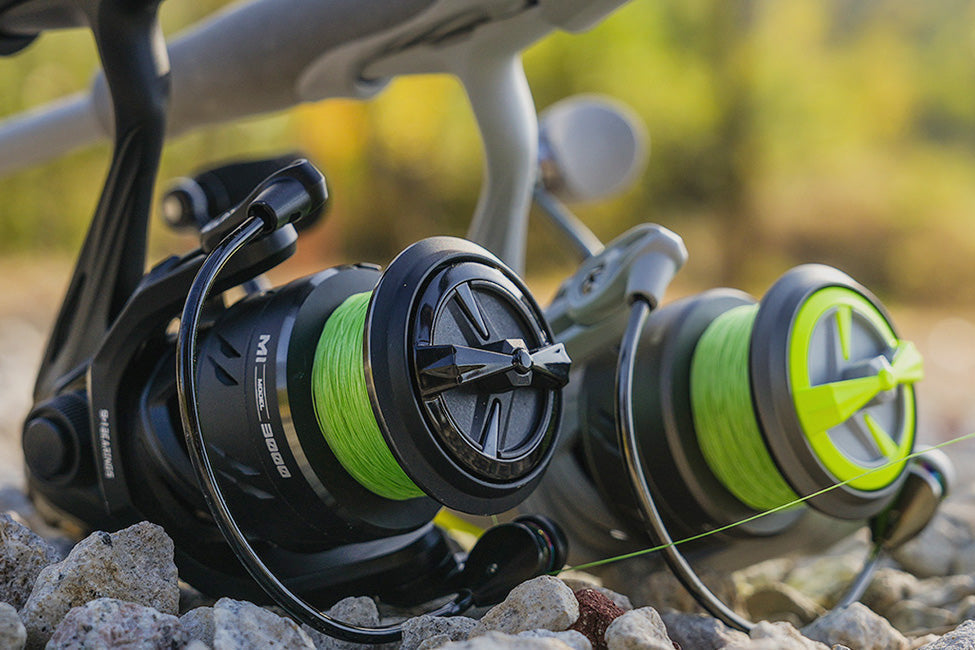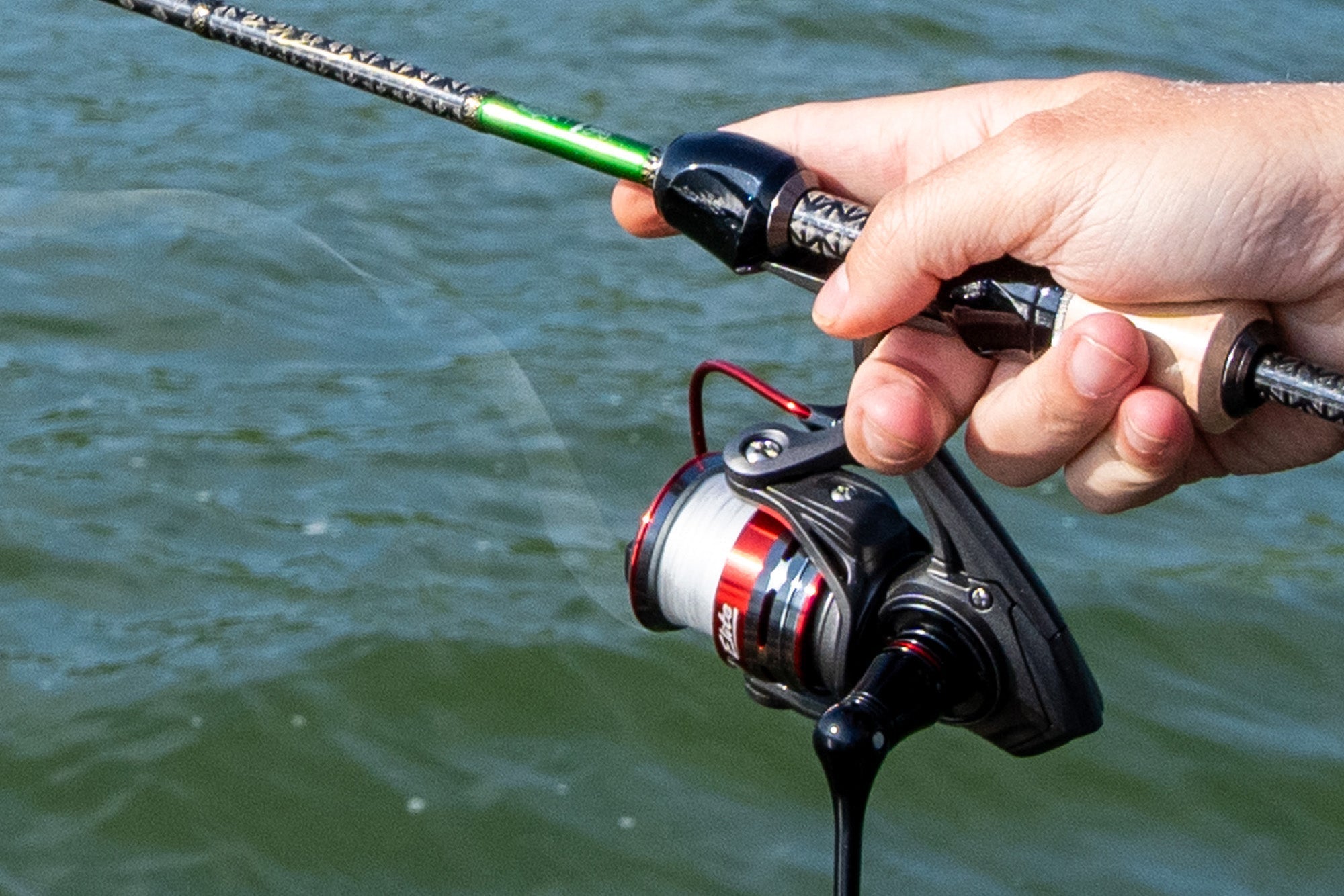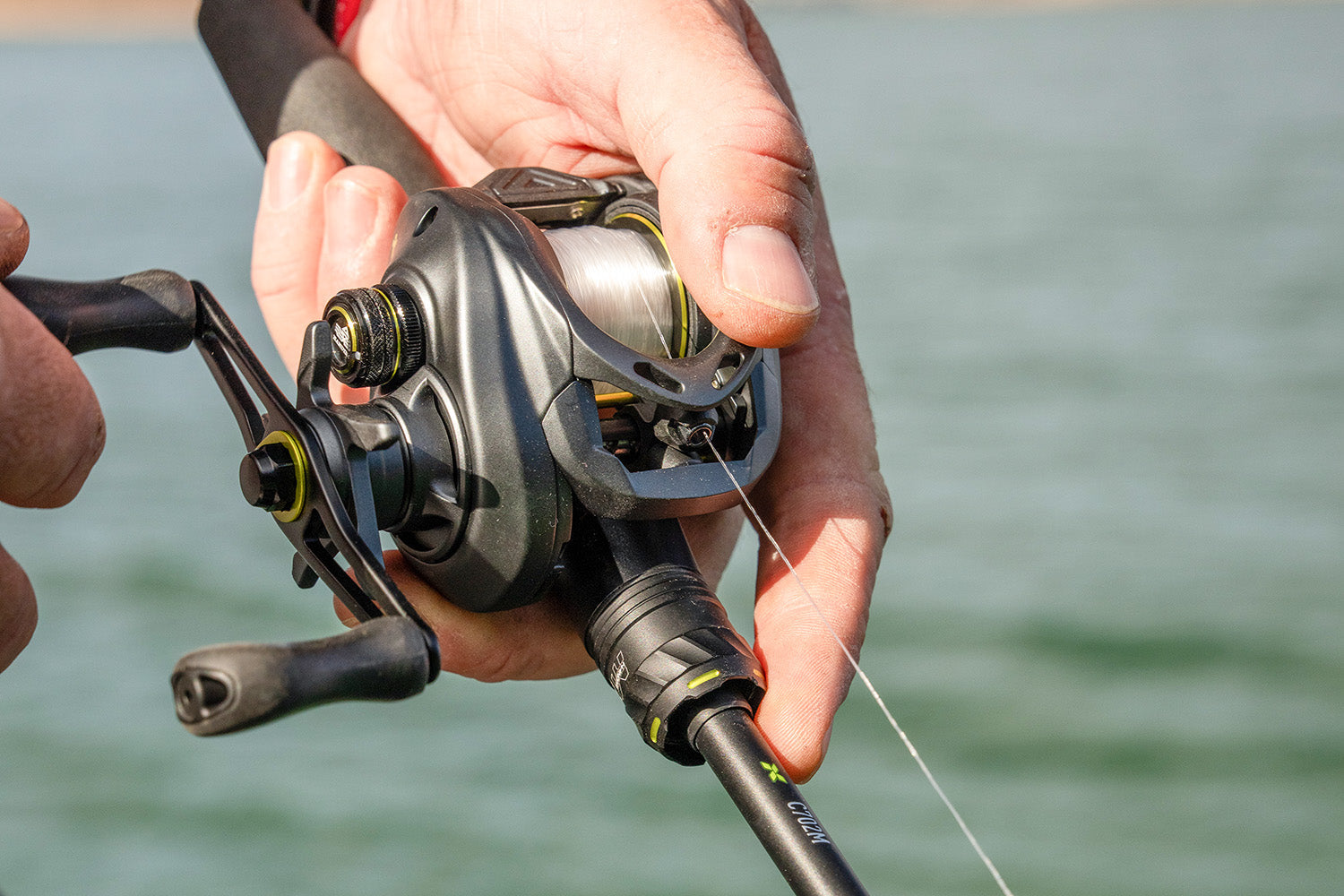You're out fishing with your favorite bait, and all of a sudden, your reel starts making weird noises and getting stuck. The easy, smooth way you used to reel it in is now a pain because your equipment isn't working right. If you clean and take care of your reels regularly, you can stop these problems from happening. It also makes your reels last longer and saves you from having to buy new ones.

Why You Should Take Good Care of Your Reel
With every use, your reel is exposed to some pretty rough things. Saltwater will rust the metal, and freshwater has tiny bits of dirt in it that can ruin the innards. Dirt builds up in the gears, and the old grease dries out and gets sticky, which makes the reel not work right.
If you properly maintain your reel, then it is easier to cast your line out and reel it back in without jerks. Clean parts inside cause less drag, so your bait travels smoothly through the air without resistance. If you're using a topwater bait, then a smooth reel is what will land you a fish instead of scaring it away. Using the right size reel for your fishing style also significantly improves performance and reduces maintenance issues.
Take the expense side of things into consideration, too. Good fish reels are costly, but doing it yourself is a mere twenty dollars in materials. Getting someone else to do it for you can cost anywhere from fifty to one hundred bucks each. So, by learning to do it yourself, you're going to save money in the long run. Selecting the right reel type as a beginner is equally important for both performance and maintenance needs.
Getting Your Cleaning Equipment Ready
First, you'll need some basic tools: small screwdrivers (both Phillips and flathead), needle-nose pliers, and a tray to keep parts in. Old toothbrushes are great for cleaning gears, and cotton swabs can get into small spaces.
For cleaning, use degreasers made for fishing reels. Don't use regular household cleaners, as they could damage the reel's seals or leave behind stuff that's not good for it. You'll also need good reel grease and oil – these are made to handle fishing conditions better than car products.
Find a well-lit place to work. Put down clean towels and arrange your tools so they're easy to grab. Taking pictures while you take the reel apart can save you trouble later when you're trying to remember where everything goes.

3 Steps Reel Cleaning Process
Step 1: Disassembly
Before you remove any screws, snap some photos from different angles. Phone cameras these days are good enough to help you remember how everything goes back together.
First, take off the spool. For spinning reels, there's usually a knob in the front you can unscrew. Baitcasters often have a button you can press.
How you remove the side plate depends on the reel type. Look for small screws around the edge—usually three to six. Place each screw in your parts tray as soon as you remove it. Some reels use clips or tabs instead of screws. You can usually pop these off with a little pressure.
Next, take out the parts inside. Gears, bearings, and drag washers should come out easily once the reel is open. If something gets stuck, it means something is still connected. Double-check for extra screws or clips before you try to force anything.
Step 2: Cleaning
Start with the frame and side plates. Spray degreaser on a cloth instead of spraying it directly onto the reel. This prevents the cleaner from getting into unwanted spots. Wipe down all the surfaces, paying close attention to the grooves where dirt tends to collect.
Gears need to be cleaned thoroughly. Old grease turns dark and gritty and will wear down the teeth of the gears in the long run. Brush each tooth clean with your toothbrush. For bearings, place a few drops of degreaser on them and gently shake them to loosen up any dirt that might have accumulated.
The spool also typically has remnants of old fishing line and rust on it, especially on the edge where the line comes in contact when you cast. Clean these spots thoroughly, because scratches there will destroy your line further down the line.
Step 3: Lubrication
When it comes to grease and oil, less is more. Gears only need a light coating on the teeth. Too much grease attracts dirt and makes the reel harder to use. Apply the grease where the gears connect.
Bearings don't need much oil. A single drop per bearing keeps them running smoothly for a long time. Too much oil can actually slow them down.
Don't forget the drag system. The drag washers work better with a thin layer of drag grease. This helps keep the pressure consistent and prevents the drag from sticking or jerking when you're fighting a fish. Properly maintained drag systems are easier to set correctly, ensuring smooth line release when battling larger fish.

Reel-Specific Maintenance Approaches
Spinning Reels
Pay special attention to the bail mechanism. Salt and debris can build up in the hinge points, causing the bail to stick or close unexpectedly when you cast. Clean these pivot points well and add a tiny drop of oil.
Line rollers get a lot of friction as the line passes over them. A scratched or dirty roller can twist the line and shorten your casting distance. Polish these surfaces until they're smooth and keep them lightly oiled.
Baitcasting Reels
Level wind systems move back and forth thousands of times every time you fish. The worm gear that drives this needs regular cleaning and greasing to keep it working smoothly. A worn level wind system can cause the line to lay unevenly, which reduces how far you can cast.
Brake systems need different care depending on the type. Centrifugal brakes have small weights that pivot outward when you cast—clean these pivot points and make sure they move smoothly. Magnetic systems need clean, properly aligned magnets to brake consistently.
Smart Preventative Maintenance
Daily care can stop big problems before they start. Rinse your reel with fresh water after every trip to saltwater, especially the spots where salt spray collects. Even if you're fishing in freshwater, rinsing helps get rid of sediment and organic stuff.
Next, drying is important. Salt water that sits overnight starts to corrode the reel, even after it looks dry. Pat the reel down with a soft cloth and let air finish drying it.
When you're not using your reel for a while, proper storage protects it. Loosen the drag knobs all the way to take pressure off the drag washers. Compressed washers can lose their smoothness. Store reels in cases or covers to keep out dust and prevent accidental damage.
Check your reel regularly to catch problems early. Listen for new noises when you use it, feel for rough spots when you reel in, and watch for shorter casting distances. These signs often mean it's time for maintenance before serious damage happens.
Start Maintaining Your Reels Today
Regular reel maintenance might seem like a chore at first, but it becomes a habit once you see how much better your reels perform and how much longer they last. Clean reels give you confidence when you're fighting that fish of a lifetime. Don't wait for problems to show up—make time for maintenance and enjoy worry-free fishing for years to come.


